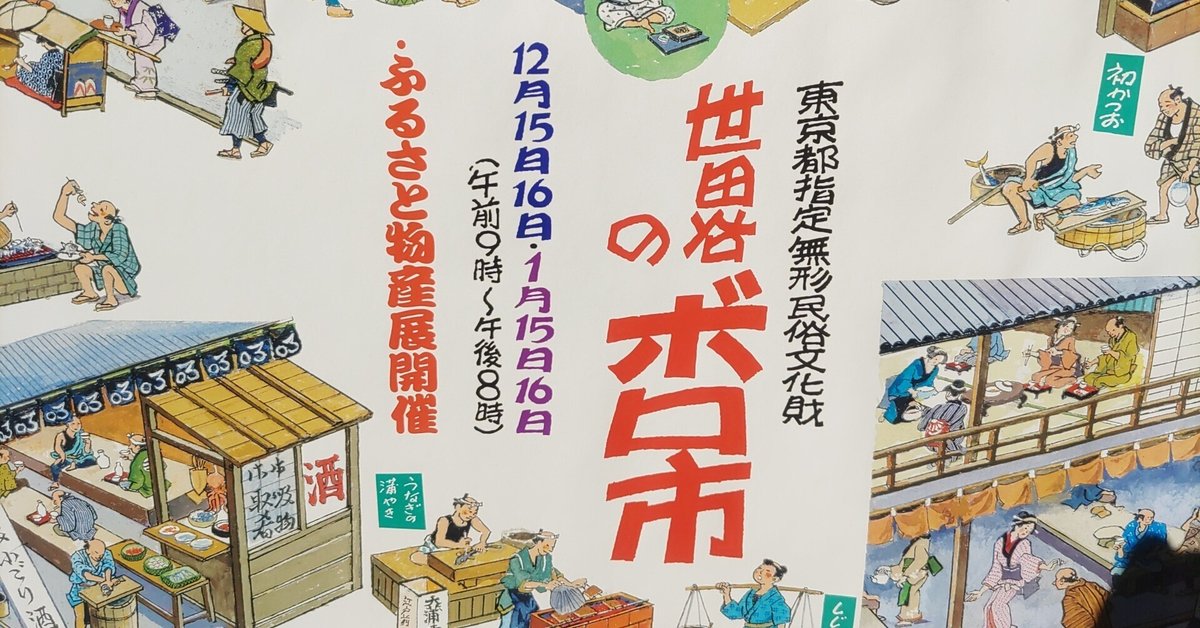
世田谷のボロ市を紹介/【Tokyo】 Setagaya’s “Boro Market(Boro Ichi)
みなさん、こんにちは。
最近、地味にYouTubeを始めたIGOcompany-Uこと、
宇佐美@毎日note継続中(488日目)です!!
世田谷のボロ市に行ってきました。囲碁の生徒さんにも偶然会いました。12月の方のボロ市は、結構暖かいんですよね。天気も良くて気持ち良かったです。 pic.twitter.com/tpBPMxeqSl
— 宇佐美太郎(川崎囲碁普及会) (@sakinohaka0520) December 16, 2024
あと「Threads」も始めてみました。
今日のnoteは、
本日、世田谷のボロ市に行ってきたんですけど、
そのnoteを書く前に(今週中くらいに書くつもりです)、「Medium」に載せた英語のボロ市の記事を、特に理由もなくGoogle翻訳で逆に日本語にしてみて載せてみようと思います。
いや、今日(月曜日)に何人かの友達にボロ市行こうって連絡したら、「ボロ市って何?」って訊いてくる人ばっかりだったんで、まず紹介しておこうかなと(笑。
あっ、あと、もし英語に詳しい人いたら、これだとニュアンスはオカシイってのがあったら教えてくれると嬉しかったりもしますね。
そんなワケで、
今日のnoteは、特に囲碁とは関係ない、気軽な日常noteです。
なので、(興味ある人は)気楽に読んでみて下さい。
下に英語版も載せてます。
【以下、特に理由もなく日本語版】
(英語を日本語に逆翻訳してるんでちょっと文章不自然です)
みなさんこんにちは。私の名前は宇佐美太郎です。東京に住んでいて、囲碁を教えたり、文章を書いたりしています。
今は「Medium」で毎日英語で書くようにしています(英語は苦手です)。囲碁や日本文化について書こうと思っています。
私の「Twitter」と「Instagram」はこちらです。
最近「Threads」も使い始めました。
今日は世田谷ボロマーケットを紹介します。ボロとは「古い」という意味ですが、日本では古さこそが魅力です。
ボロ市は世田谷線という小さな線路沿いで開催されます。住宅街の間を走る線路で、電車も2両のみととても可愛いです。
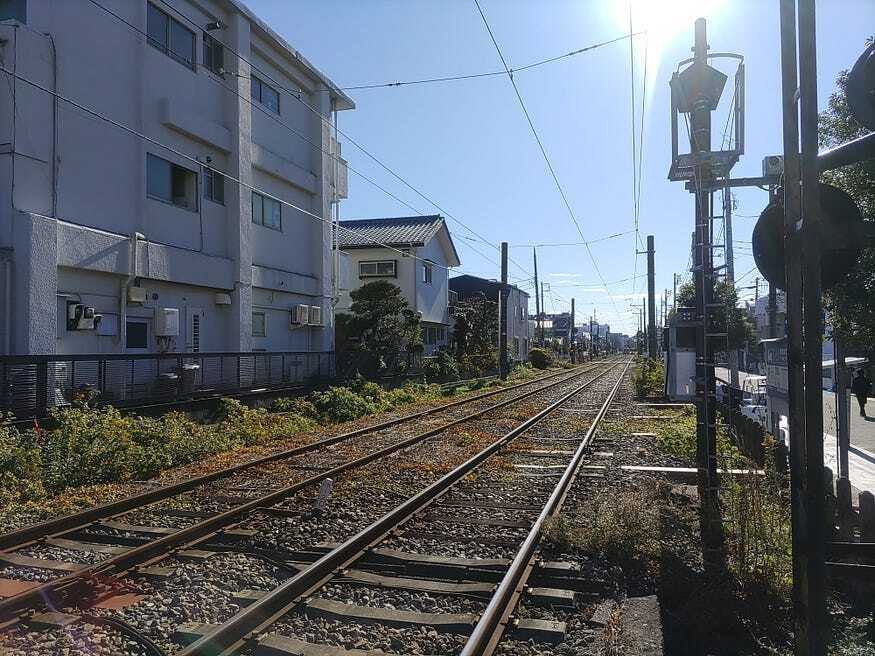
歩くなら、世田谷線を端から端まで2時間くらいで歩けると思います。
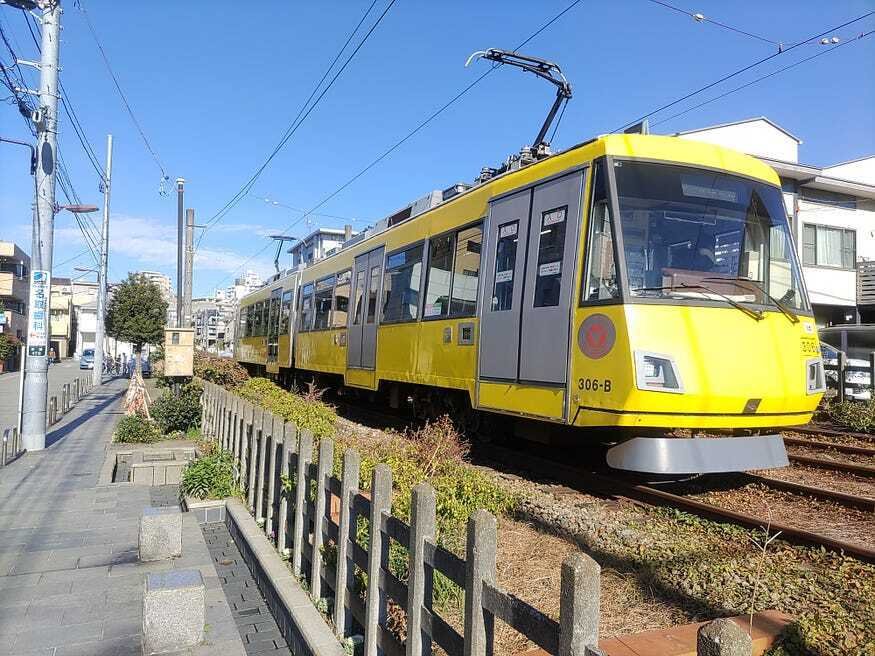
先日映画を見に行った下高井戸シネマも世田谷線沿いにあります。
ボロ市は明日から開催されます。ボロ市は年に2回、12月(15日、16日)と1月(15日、16日)の2日間、代官屋敷を中心としたボロ市通りで開催されます。
たくさんの屋台が並び、1日20万人くらいの人で賑わうそうです。すごい人数ですね。
ボロ市の起源は、安土桃山時代に遡ります。当時関東を治めていた小田原城主の北条氏康が、天正6年(1578年)に世田谷新宿で楽市を開きました。楽市とは、市税がなく行商人が自由に商売ができる市のことで、当時は毎月1日と6日の月6回開催されていたため、六斎市とも呼ばれていました。その後、北条氏が豊臣秀吉に滅ぼされ、徳川家康が江戸に幕府を開いて世田谷城が廃されると、世田谷新宿は城下町としての存在意義を失い急速に衰退。六斎市も自然消滅して形を変え、いつしか年末に年に1回開催される市町となりました。明治時代に新暦が使われてからは正月15日に行われ、やがて12月15日と16日の両日、正月15日と16日の両日にも行われるようになり、現在まで続いています。
東京都無形民俗文化財に指定されており、骨董品や古着、手作り品、地元の特産品など多種多様な品物が並び、一日で約20万人が訪れる大規模なイベントです。会場のボロ市通りには約600もの露店が並び、名物の代官餅を求めて多くの人が訪れます。東急世田谷線「世田谷駅」または「上町駅」から徒歩3分とアクセスも便利です。
東京に来たらぜひ遊びに来てください。先ほども書きましたが、人が多いです。12月は天気が良ければ暖かいですが、「ボロ市」の時期の1月はかなり寒いです。お気をつけください。
「ボロマーケット」のYouTube動画をいくつか見つけたので、ここに掲載します。
私も12月16日月曜日に行く予定です。写真を撮って、素敵なマグカップがあったら買いたいです。その後また「Medium」で紹介します。お楽しみに! 今日はここまで。
最後まで読んでいただきありがとうございました。また次回!
【以下、特に理由もなく英語版】
Hello everyone, my name is Tarou Usami and I live in Tokyo, Japan, where I teach Go and write.
Now, I am trying to write in English on “Medium” every day (I’m not good at English). I’m planning to write about Go and Japanese culture.
Here are my 「Twitter」and「Instagram」.I recently started using 「Threads」 as well.
Today, I would like to introduce you to the Setagaya Boro Market. “Boro” means “old,” but in Japan, it is the oldness that gives things their charm.
The Boroichi is held along a small railway line called the Setagaya Line. The track runs between residential areas, and the train has only two cars, which is really cute.
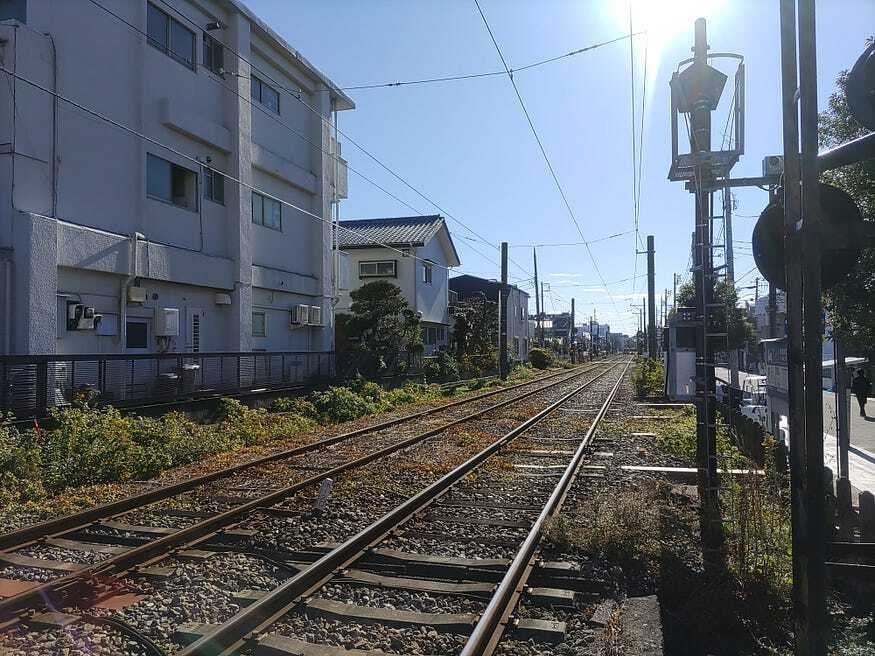
If you want to walk, I think you can walk the Setagaya Line from one end to the other in about two hours.
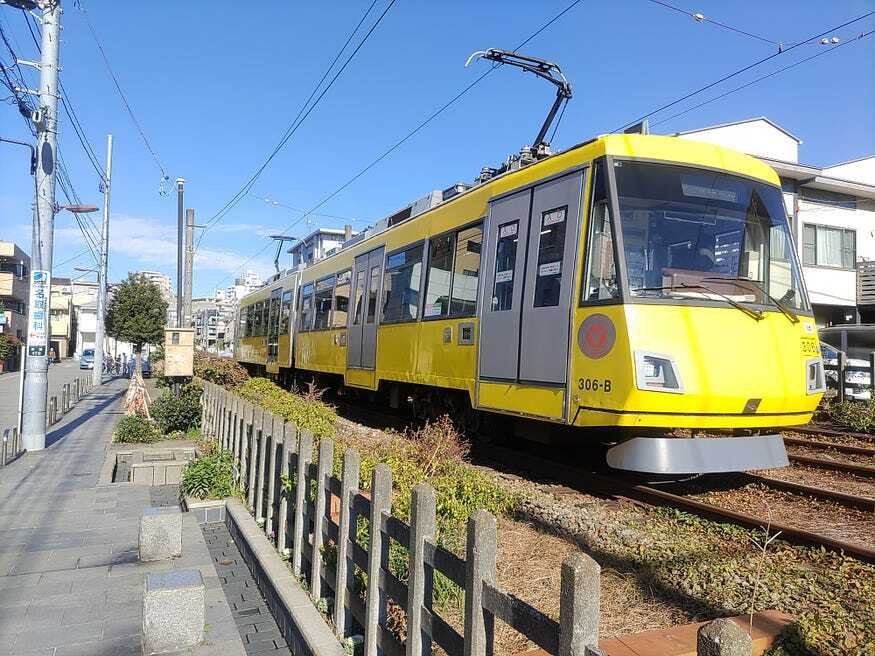
Shimotakaido Cinema, where I went to see a movie the other day, is also along the Setagaya Line.
The Boroichi market starts tomorrow and is held twice a year, for two days each in December (15th and 16th) and January (15th and 16th), on Boroichi Street, centered around the Daikan Yashiki residence.
There are lots of stalls lined up, and it seems to be bustling with around 200,000 people a day. That’s an incredible number of people.
The origins of the Boroichi market date back to the Azuchi-Momoyama period.Hojo Ujiyasu, the lord of Odawara Castle who ruled the Kanto region at the time, opened an Rakuichi in Setagaya Shinjuku in 1578. Rakuichi was a market where peddling was allowed to sell freely, with no market tax. At the time, it was held six times a month, on the first and sixth days of the month, so it was also called Rokusaiichi. Later, when the Hojo clan was defeated by Toyotomi Hideyoshi, Tokugawa Ieyasu established the shogunate in Edo and Setagaya Castle was abolished, Setagaya Shinjuku lost its raison d’être as a castle town and rapidly declined. The Rokusaiichi naturally disappeared and changed form, and at some point it became a New Year’s market (ichimachi) held once a year at the end of the year. After the new calendar was used in the Meiji era, it was held on the 15th of the New Year, and eventually it came to be held on both December 15th and 16th, and on both the 15th and 16th of New Year, and has continued to be held to this day.
It is currently designated as an Intangible Folk Cultural Property of Tokyo. It is a large-scale event that attracts approximately 200,000 people in one day, with a wide variety of goods such as antiques, used clothing, handmade goods, and local specialties on display. Around the venue, Boroichi Street, there are approximately 600 outdoor stalls, and many people visit in search of the local specialty, Daikan-mochi. It is conveniently located, just a three-minute walk from Setagaya Station or Kamimachi Station on the Tokyu Setagaya Line.
If you come to Tokyo, please come and visit. As I wrote earlier, there are a lot of people. It is warm in December if the weather is good, but it is quite cold in January during the “Boro Market”. Please be careful.
I found some YouTube videos of “Boro Markets,” so I’ll post them here.
I’m also planning to go there on Monday, December 16th. I’d like to take some photos and buy some nice coffee mugs if there are any. Then I’ll introduce it on “Medium” again. Look forward to it!
That’s all for today. Thank you for reading until the end. See you next time!
それでは、
本日も、
最後まで読んでいただき、ありがとうございました!!
noteを読んでくれている方、是非ぜひ、YouTubeのチャンネル登録ボタンを押してやって下さい!年内1,000人が目標です!!
囲碁カンパニー「U」 - YouTube
いいなと思ったら応援しよう!

